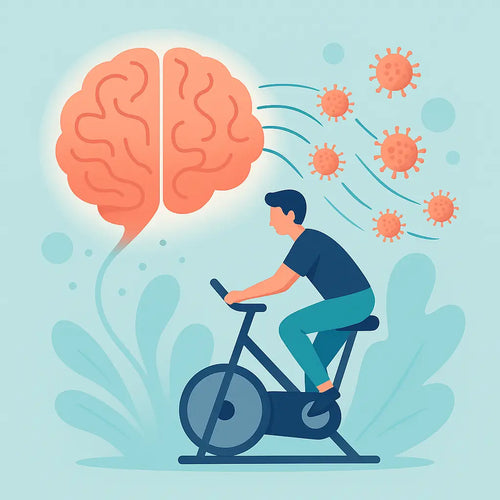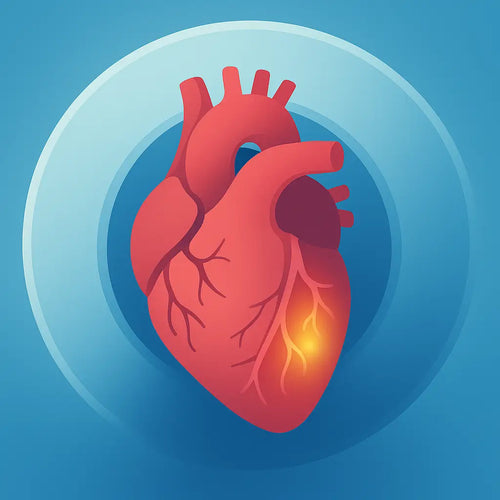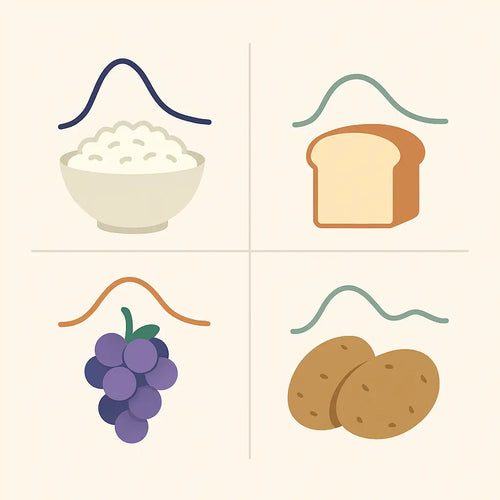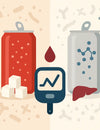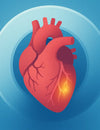
Would you like to avoid getting a kyphosis of your thoracic spine which is an exaggerated outward curvature of the upper back, or if you have one, improve it?
The following research showed that to be possible. This was a study were the participants either participated in 8 months of 30-minutes, twice-weekly, supervised high-intensity resistance and impact training or unsupervised, low-intensity, home-based exercises as a control (Watson SL, et al., 2019).
The participants were postmenopausal women with low bone mass. The high intensity resistance training consisted of 5 sets of 5 repetitions with a resistance of more than 85% of 1 maximum repetition. The exercises were deadlift, overhead press, and back squat which you would need supervision to perform.
The results showed improvement in the thoracic kyphosis after 8 months of supervised high intensity training which was not achieved by the low intensity exercises.
The same research group also did another earlier study on the same patient population (Watson SL, et al., 2018). They measured bone mineral density of the low back and the femoral neck (the area of the hip most at risk for fractures). The same exercise protocols were used for both studies.
The results were superior for the high intensity resistance training compared to the control group with bone mineral density improvement of both the low back and femoral neck.
References:
Watson SL, Weeks BK, Weis LJ, Harding AT, Horan SA, Beck BR. High-intensity exercise did not cause vertebral fractures and improves thoracic kyphosis in postmenopausal women with low to very low bone mass: the LIFTMOR trial. Osteoporos Int. 2019 May;30(5):957-964.
Watson SL, Weeks BK, Weis LJ, Harding AT, Horan SA, Beck BR.High-Intensity Resistance and Impact Training Improves Bone Mineral Density and Physical Function in Postmenopausal Women With Osteopenia and Osteoporosis: The LIFTMOR Randomized Controlled Trial. J Bone Miner Res. 2018 Feb;33(2):211-220.

The BMJ Formula is different from other formulas because it contains:
- Calcium and other minerals scientifically demonstrated to support bone formation.
- Minerals in a form the body can easily use (not all forms of minerals are equally effective).
- The building blocks of cartilage, which supports collagen formation.
- Natural substances to reduce inflammation without the side effects of anti-inflammatory drugs.
- Vitamin B6: research shows that vitamin B6 and magnesium may help prevent kidney stones.
- Vitamin D3 is important for your body to use calcium, and for many other functions.



